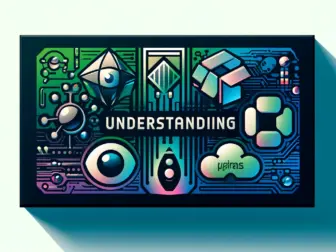Tag - Embedded Vision
Exploring the Power of Embedded Vision Technology in Today's World
Embedded vision technology is revolutionizing the way we interact with the world around us. By integrating cameras and image processing algorithms into everyday devices, embedded vision allows for a wide range of applications, from facial recognition in smartphones to autonomous vehicles. This technology has the potential to transform industries such as healthcare, retail, and security, leading to more efficient processes and enhanced user experiences.
One of the key advantages of embedded vision technology is its ability to capture and analyze visual data in real-time. This enables devices to make informed decisions quickly, improving efficiency and accuracy. For example, in the healthcare industry, embedded vision can be used for medical imaging, diagnostics, and surgery assistance. By providing detailed images and data in real-time, doctors can make more precise diagnoses and perform procedures with greater accuracy.
In the retail sector, embedded vision technology is being used to enhance the shopping experience for customers. Retailers can use facial recognition software to identify loyal customers and offer personalized promotions. Additionally, embedded vision systems can track inventory levels, monitor customer traffic patterns, and analyze shopper behavior to optimize store layouts and product placements.
Embedded vision technology is also playing a crucial role in improving security and surveillance systems. By integrating cameras with intelligent algorithms, security cameras can detect unusual activities, recognize faces, and alert authorities in real-time. This has been instrumental in preventing crimes, identifying suspects, and ensuring public safety in various environments.
Another area where embedded vision technology is making a significant impact is in the development of autonomous vehicles. Cameras, LiDAR, and radar sensors work together to provide real-time data about the vehicle’s surroundings, enabling it to navigate safely and make informed decisions on the road. This technology is paving the way for a future where self-driving cars are commonplace, reducing accidents and congestion on the roads.
As embedded vision technology continues to advance, we can expect to see even more innovative applications in various industries. From smart homes and wearable devices to industrial automation and robotics, the possibilities are endless. By harnessing the power of visual data and intelligent algorithms, embedded vision is shaping the future of technology and revolutionizing the way we interact with the world.
